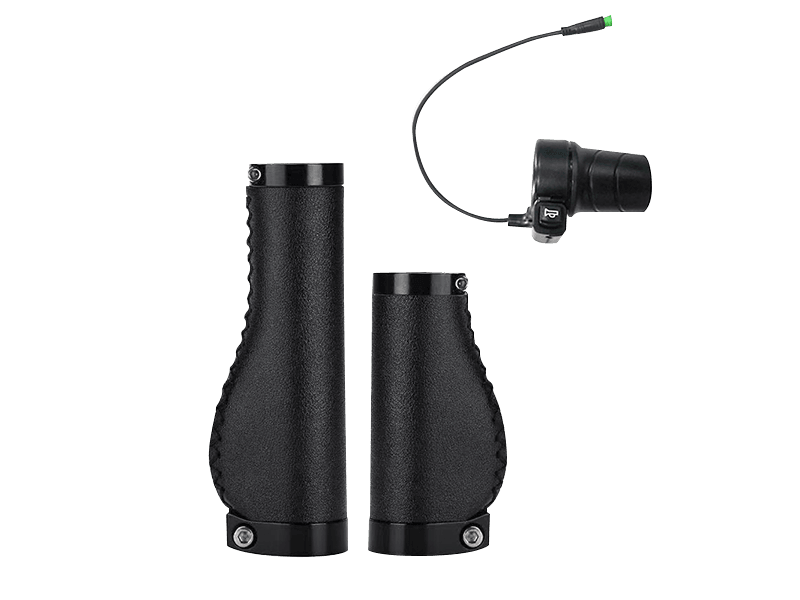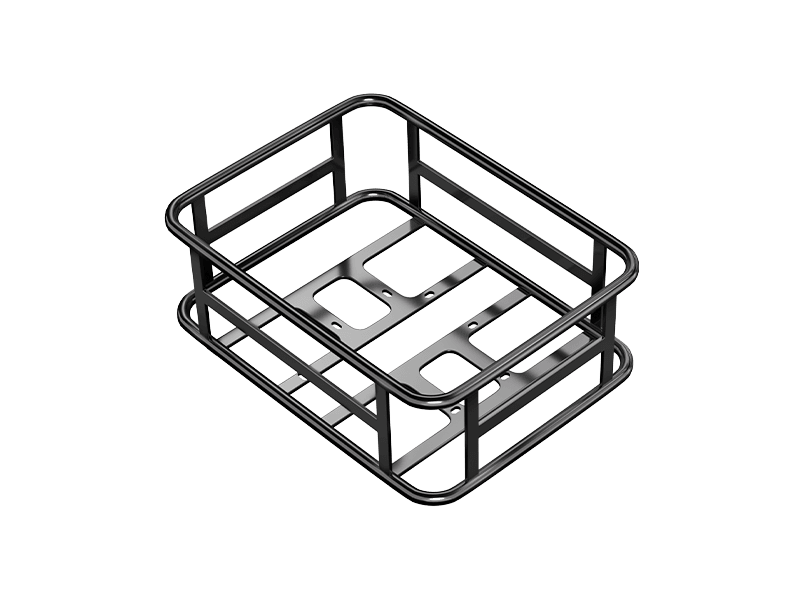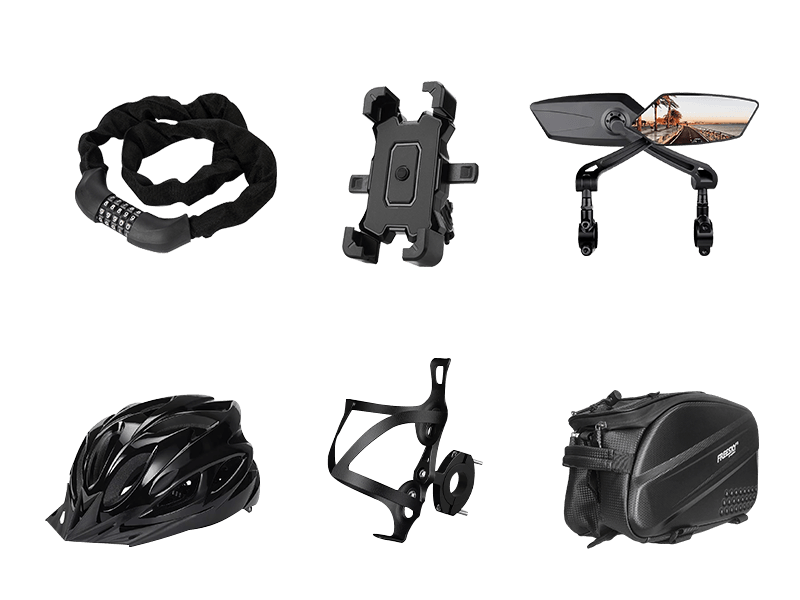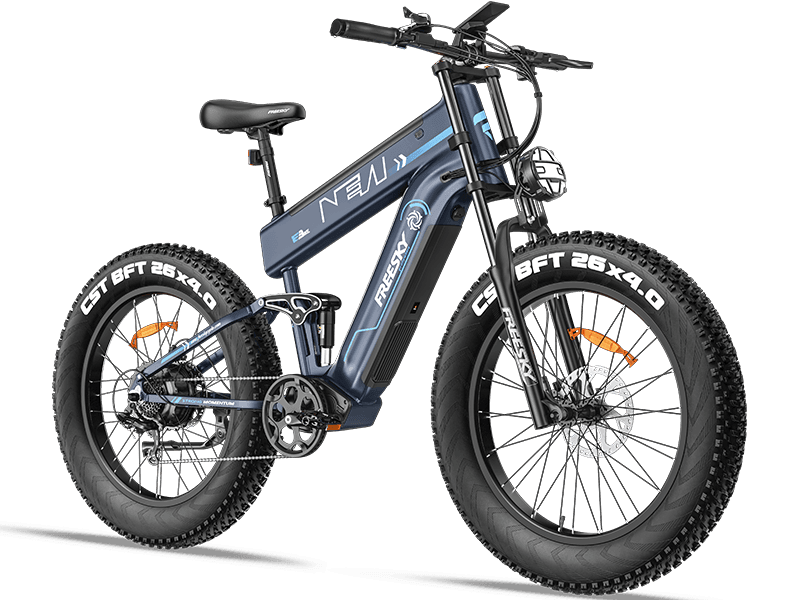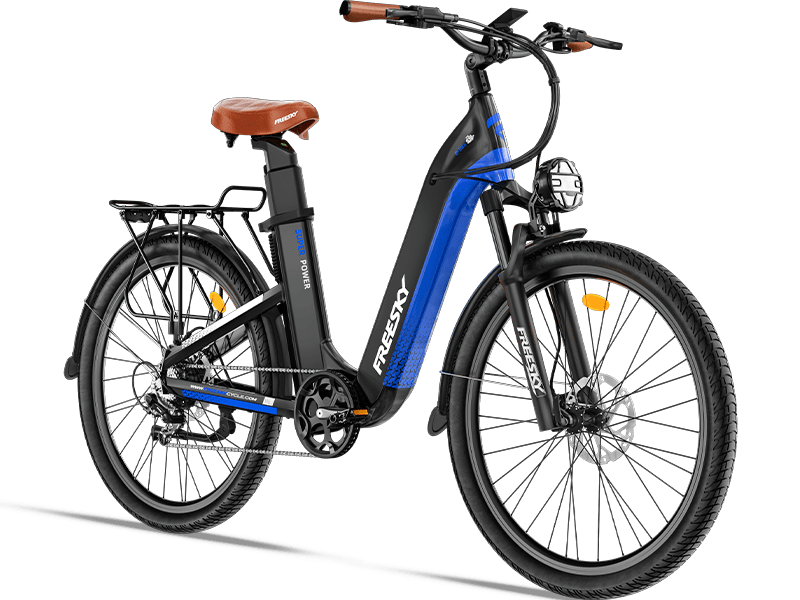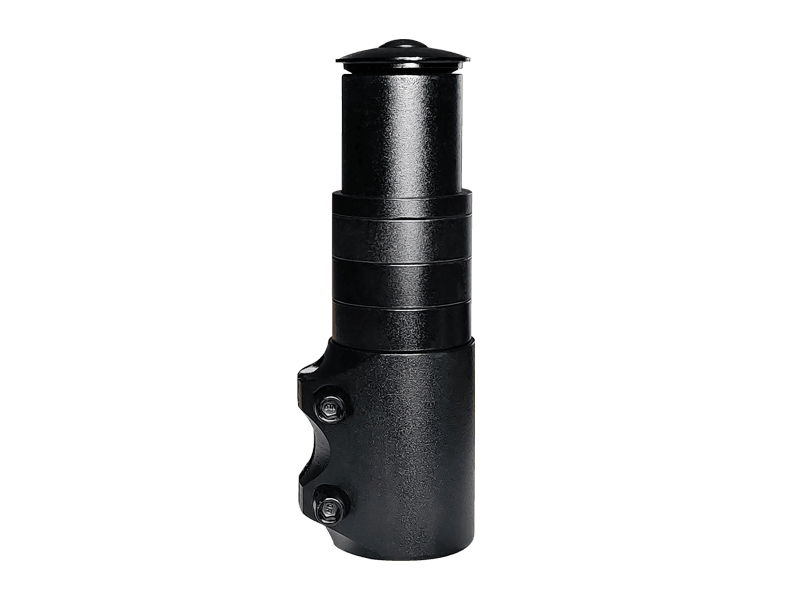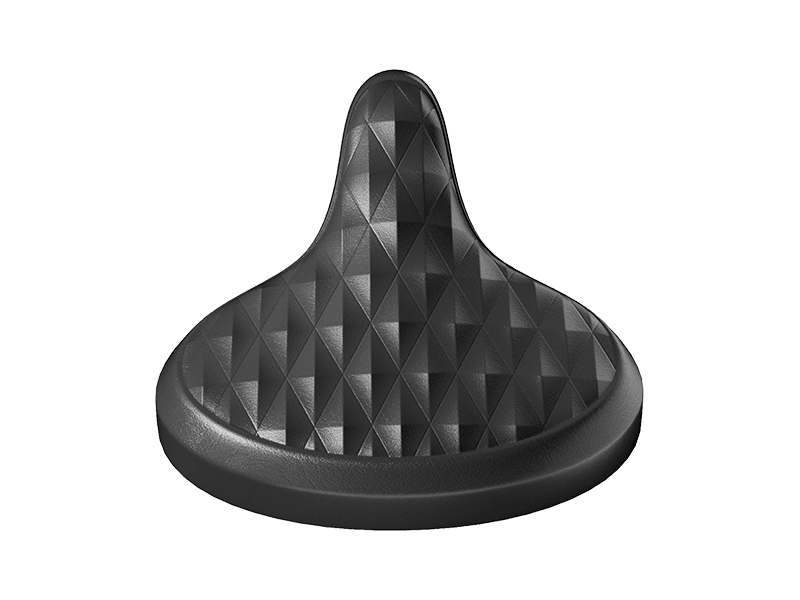What is the Benefit of Dual Battery Ebike?
FEB 07, 2025
In the ever-evolving world of electric bicycles, the emergence of dual battery ebikes has marked a significant milestone. These bikes, equipped with two batteries instead of the traditional single battery, offer numerous advantages that make them stand out from the crowd. Let's delve into the various benefits of dual battery ebikes and understand why they are becoming increasingly popular.
Firstly, the most apparent benefit of a dual battery ebike is its extended range.
The additional battery provides extra power, enabling riders to travel longer distances without worrying about battery depletion. This is particularly useful for commuters, delivery personnel, or anyone who needs to cover significant distances on a daily basis. With dual batteries, the fear of being stranded midway due to a dead battery is greatly reduced.
Moreover, the dual battery setup ensures a more consistent and reliable power supply.
Even when one battery is running low, the other battery can seamlessly take over, ensuring a smooth riding experience. This is crucial in situations where a sudden loss of power could be dangerous, such as when riding on busy roads or uphill.
The dual battery ebike also offers improved performance.
The extra power provided by the second battery enables the bike to accelerate faster and climb steeper hills with ease. This makes it a great choice for riders who enjoy challenging terrains or who need to make quick getaways in urban environments.
In addition to range and performance, dual battery ebikes also provide a backup power source. In case of an emergency or unexpected situation, the extra battery can be used as a power bank to charge other devices, such as smartphones or GPS systems. This added functionality adds to the versatility and convenience of these bikes.
Furthermore, dual battery ebikes often come with advanced battery management systems. These systems monitor the status of both batteries, ensuring optimal performance and extending their lifespan. By balancing the charge between the two batteries, these systems help prevent overcharging or undercharging, which can damage the batteries over time.
The environmental impact of electric bicycles is also worth mentioning. As a clean and sustainable mode of transportation, ebikes contribute significantly to reducing carbon emissions and air pollution. Dual battery ebikes, in particular, offer an even greater environmental benefit by extending the range and reducing the need for fossil fuel-powered vehicles.
Moreover, dual battery ebikes are often designed with enhanced safety features. They may come with brighter headlights and taillights, stronger brakes, and sturdier frames to accommodate the additional weight of the second battery. These features not only improve the visibility and stopping power of the bike but also enhance the rider's overall safety.
Cost-effectiveness is another key benefit of dual battery ebikes. Although the initial investment may be higher due to the added cost of the second battery, in the long run, these bikes offer better value for money. With their extended range and improved performance, they eliminate the need for frequent recharging or replacements, saving both time and money.
Finally, dual battery ebikes are a great choice for those who value comfort and convenience.
With their ability to cover longer distances and provide a more consistent power supply, they offer a more enjoyable riding experience. Whether it's a leisurely ride through the park or a commute through busy city streets, dual battery ebikes make it easier to explore and enjoy the outdoors.
In conclusion, dual battery ebikes offer a range of benefits that make them a superior choice for riders who demand more from their electric bicycles.
Whether it's the extended range, improved performance, added safety features, or cost-effectiveness, these bikes provide a comprehensive package that caters to the needs of modern riders. As the popularity of electric bicycles continues to grow, dual battery ebikes are sure to play a pivotal role in shaping the future of sustainable transportation.


